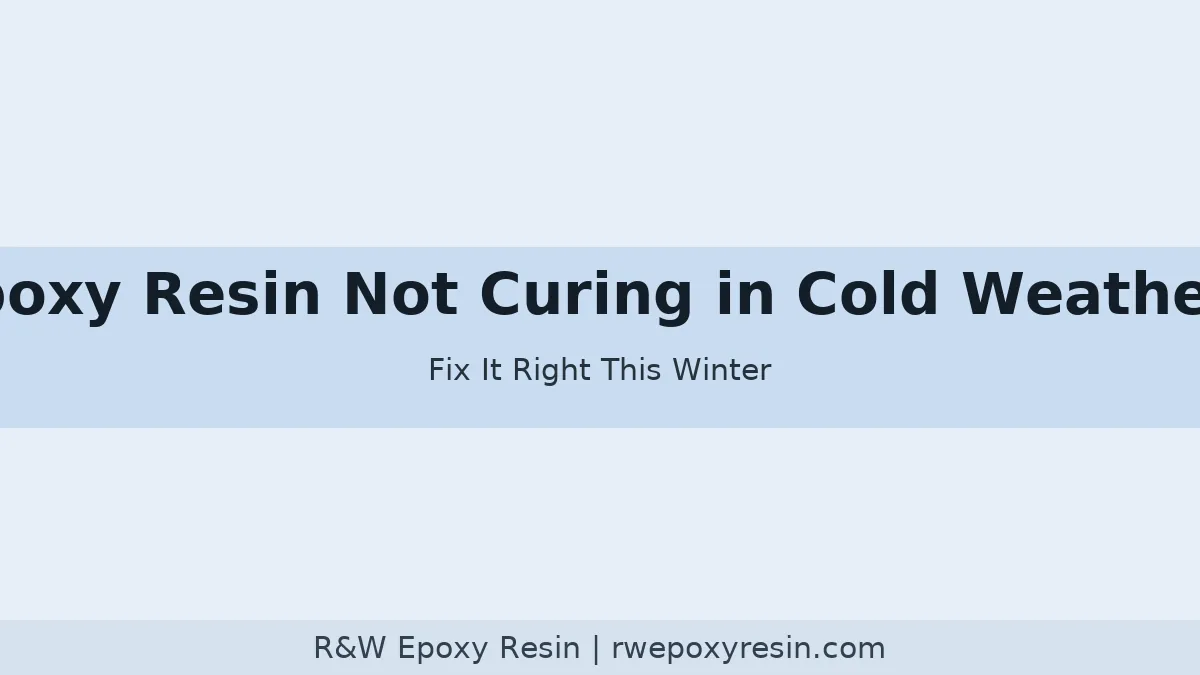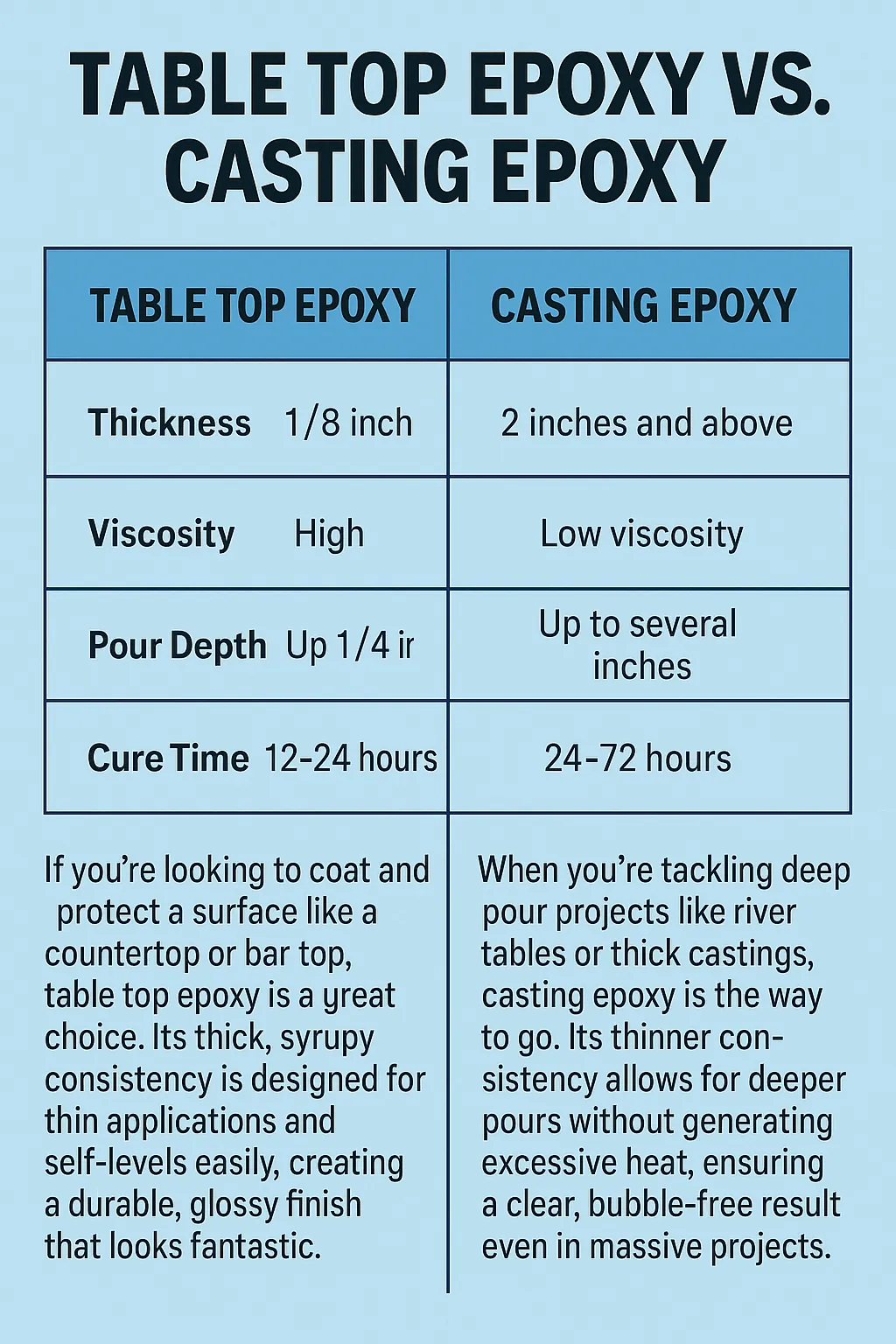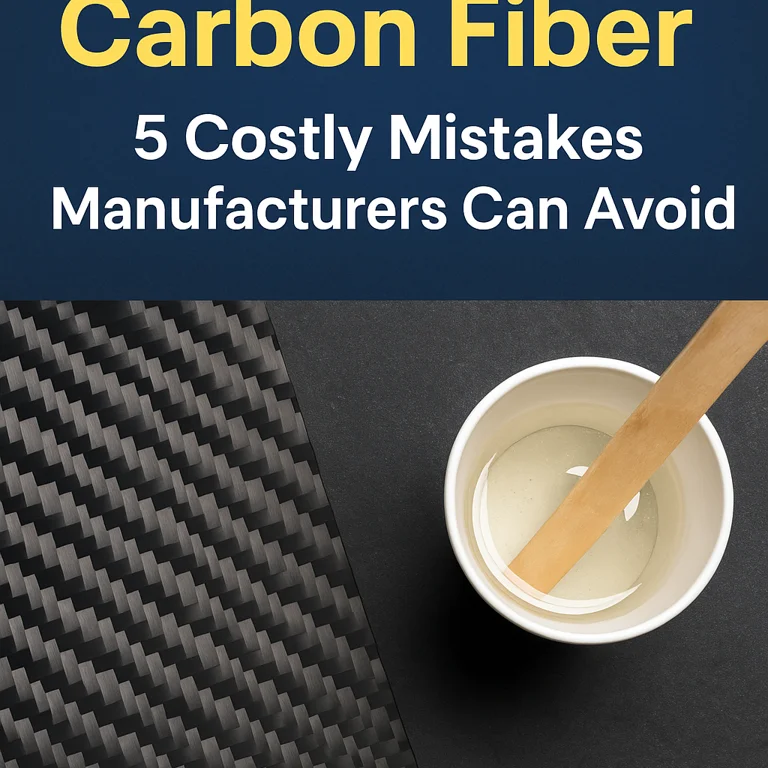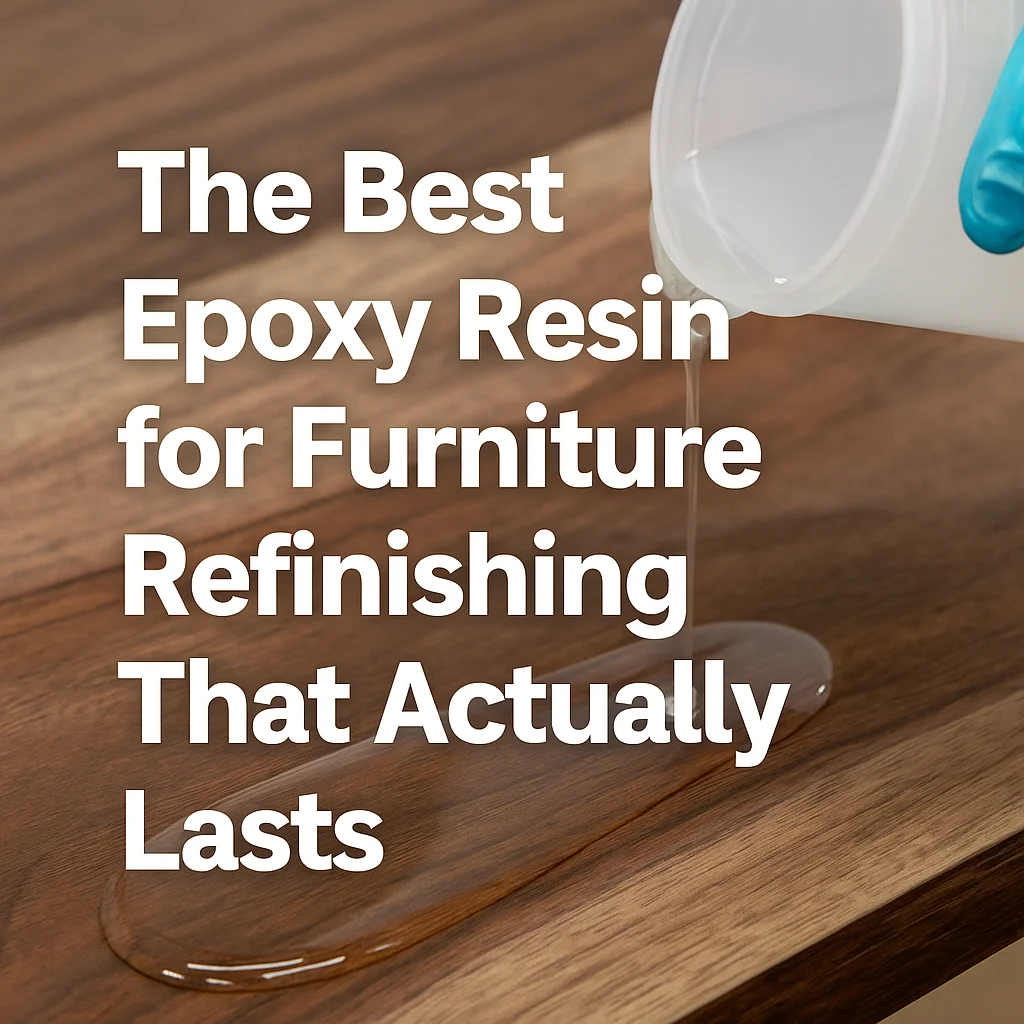If your epoxy resin still sticky after hours—or even days—you’re not alone.
I remember my first big resin pour on a walnut tabletop: it looked like liquid glass under the shop lights,
but the next morning it was tacky, leaving fingerprints. Let’s look at why epoxy resin still sticky
happens and, more importantly, how to fix it so you get a crystal‑clear, rock‑hard finish every time.
Choosing the right epoxy resin for carbon fiber can make or break your product quality. Whether you’re working on aerospace panels, performance bikes, or car interiors, using the wrong resin can lead to delamination, cloudiness, or worse—product failure.
In this guide, we’ll walk through common mistakes manufacturers make when selecting epoxy resin for carbon fiber, and how to avoid them using industry-tested formulas like 212AB, 4212AB, and 4010AB.
You’ve spent hours sanding, staining, and refinishing that old table or vintage cabinet. It looks amazing for the first few months—but then the surface begins to dull, crack, or yellow. Sound familiar?
This is one of the most common complaints we hear from both furniture makers and restoration professionals. The culprit? Often, it’s the wrong coating choice—or worse, skipping protective coating altogether.
If you want your refinished furniture to last for years—not just a season—a high-performance epoxy resin for furniture refinishing can be the game-changer.
Surfboard Crack Repair Tips: How to Waterproof & Reinforce with Epoxy Resin There’s nothing worse than finding a crack in your surfboard just before a perfect swell rolls in. But don’t panic — not every ding means your board’s toast. With a bit of clear epoxy resin, some sandpaper, and a few simple tools, you […]
Fishing Rod Repair DIY: How Epoxy Resin Restores Outdoor Gear There’s something deeply satisfying about fixing your own gear — especially something like a fishing rod, which often carries not just function but memories. A snapped guide or a cracked joint doesn’t mean the rod is done for. With the right type of epoxy resin, […]
A versatile two-component adhesive used in many industries, AB glue has excellent bonding abilities but may present challenges and drawbacks that limit its performance across sectors. Here we explore strategies and practical solutions that may improve its functionality to maximize efficiency across numerous fields. Overview of AB glue AB glue is a two-component adhesive typically […]
An AB adhesive is a two-component glue made up of A agent and B agent; these need to be mixed in specific proportions in order for it to play its purpose, making this widely applicable in multiple fields due to its special performance characteristics. Characteristics of an Adhesive bond. High Bond Strength: When […]
Manufacturers often prioritize storage costs and quality when choosing industrial adhesives, particularly one-component adhesives with tight storage conditions as improper storage could compromise their chemical properties and lead to high storage costs. One component adhesives require careful storage conditions in order to retain their quality properties over time; otherwise their chemical composition would deteriorate rapidly […]
An Overview of Automotive Coatings Industry Automotive coatings cover an expansive spectrum, from automotive body coatings and refinish coatings, to interior and exterior coats – each designed for specific uses and purposes. Automotive Body Coatings: When applied during vehicle manufacturing, automotive body coatings involve multi-layered systems (primer, intermediate coat, basecoat and clearcoat) designed for […]
- 1
- 2








